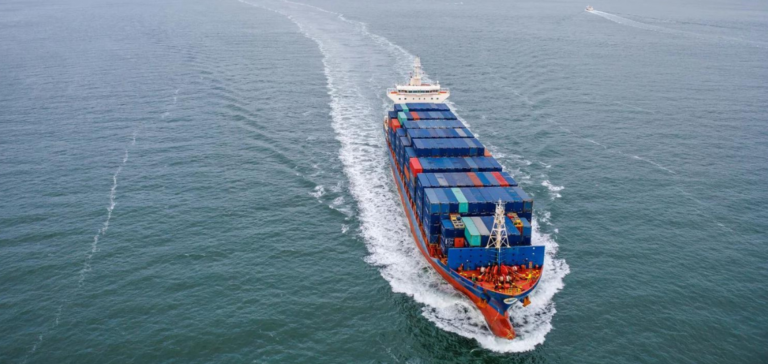The maritime sector is gearing up to navigate stricter regulatory waters. From 2024, the EU Emissions Trading Scheme (ETS) will be extended to include shipping. This extension coincides with the introduction of the FuelEU Maritime regulations in 2025, aimed at reducing the greenhouse gas intensity of bunker fuels. According to Aleksander Askeland, CSO of Yara Marine Technologies, a subsidiary of Yara International, these regulatory changes will result in higher operational costs, particularly those related to fuel and compliance with regulatory limits on greenhouse gas emissions.
The evolution of the carbon credit market
Volatile carbon costs are another disruptive factor for the sector. In 2023, carbon credit prices in Europe experienced significant fluctuations, accentuated by a reduction in energy production and the passage of several key EU climate bills. Emission Allowance Contracts (EUAs) began the year on a bullish note, reaching record highs above 100 euros/mtCO2e. However, traders and analysts expect prices to pick up again by the end of 2023, forecasting a range between 80 and 90 euros/mtCO2e.
Cost Management for SMEs
SMEs are particularly vulnerable to these cost increases and the growing compliance burden. Askeland points out that these costs will inevitably have to be passed on to consumers, especially for SMEs with limited resources. He suggests that these companies could benefit from working with external service providers specializing in measurement and reporting to keep compliance costs down.
Risk and Exposure in the Supply Chain
Exposure to risk is also a key factor in the supply chain. Askeland mentions that exposure depends on the contractual regulation of rights, obligations and cost-related responsibilities in the agreement between the parties. Effective risk management requires well-defined clauses and strong relationships with partners to ensure appropriate planning and response to changing market conditions.
Demand for low-carbon ammonia from the marine industry is expected to reach 166 million tonnes by 2050, driven by decarbonization requirements. However, current production of “green” methanol and ammonia is limited, and their adoption may be delayed by high prices and limited availability. Yara plans to have access to 4 million tonnes per year of clean ammonia supply by 2030. Green fuels could cost up to three to five times more than conventional fuels, according to Diane Gilpin, CEO of Smart Green Shipping.
The energy transition in the marine sector is well underway, marked by a significant rise in costs linked to fuel and regulatory compliance. The economic implications range from fluctuations in the carbon credit market to the specific challenges of SMEs, underlining the need for effective cost and risk management strategies. Green fuel solutions are emerging as a promising avenue, albeit one that faces challenges of price and availability.






















